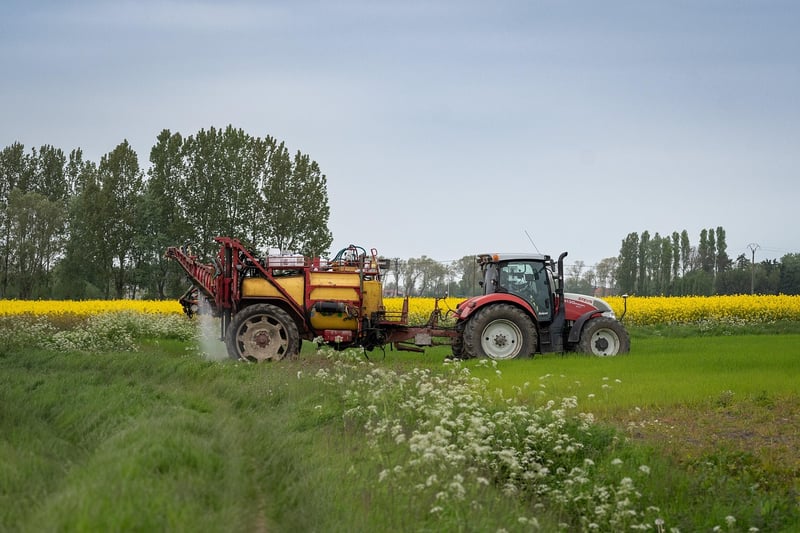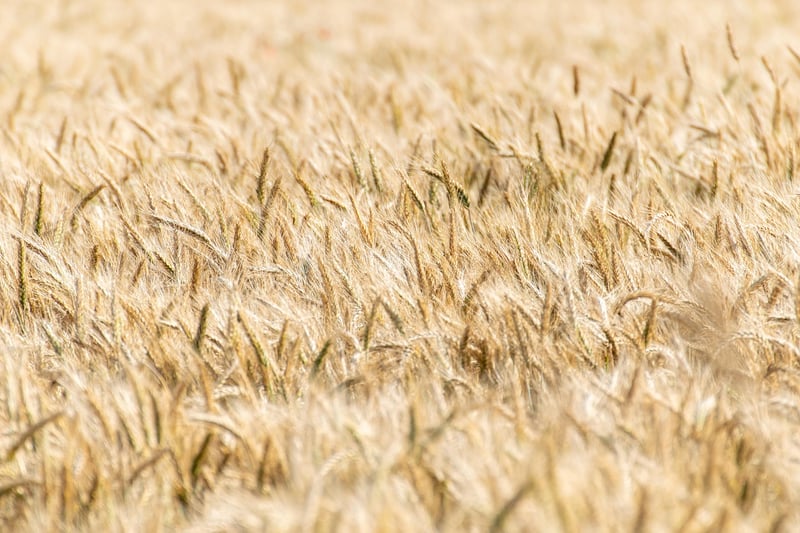Vertical Farming
Innovative Ways to Go Vertical
Going vertical is a trend that is revolutionizing spaces and industries. From maximizing space utilization to promoting sustainability, vertical solutions offer a host of benefits. One of the most exciting applications of verticality is vertical farming, a cutting-edge technique that is transforming the way we grow food.
Vertical Farming: A Sustainable Solution
Vertical farming is a method of cultivating crops in vertically stacked layers or inclined surfaces. This innovative approach utilizes controlled environment agriculture to optimize plant growth, using techniques such as hydroponics, aeroponics, and aquaponics. By going vertical, farmers can produce more food in less space, without the need for pesticides or excessive water consumption.
Benefits of Vertical Farming
- Space Efficiency: Vertical farming allows for increased crop yield per square foot, making it ideal for urban areas with limited space.
- Resource Conservation: By using efficient irrigation systems and LED lighting, vertical farms consume less water and energy compared to traditional farming methods.
- Fresh Produce: With vertical farming, consumers have access to fresh, locally grown produce year-round, reducing the carbon footprint associated with transportation.
- Sustainability: Vertical farming minimizes the use of harmful chemicals and promotes eco-friendly practices, contributing to a more sustainable food system.
Examples of Vertical Farming Innovations
Several companies and organizations are pushing the boundaries of vertical farming technology. One notable example is Vertical Future, a UK-based company that specializes in vertical farming solutions for urban environments. Their innovative approach combines technology and biology to create sustainable and productive farming systems.
Another pioneering company in the vertical farming industry is Plenty, based in the United States. Plenty's vertical farms use data-driven insights and machine learning to optimize plant growth and deliver high-quality, flavorful produce to consumers.
Conclusion
As the world grapples with food security and environmental challenges, vertical farming emerges as a promising solution that offers a more efficient, sustainable, and resilient way to grow food. By harnessing the power of verticality, we can create a greener future for generations to come.

